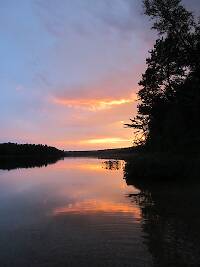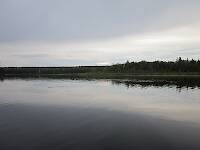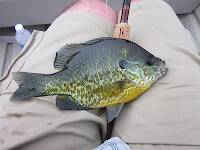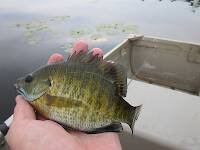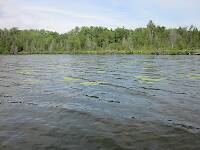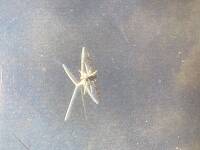
Hex Mayflies
Hexagenia limbata
The famous nocturnal Hex hatch of the Midwest (and a few other lucky locations) stirs to the surface mythically large brown trout that only touch streamers for the rest of the year.
Featured on the forum

This is the first of it's family I've seen, collected from a tiny, fishless stream in the Cascades. The three species of this genus all live in the Northwest and are predators that primarily eat stonefly nymphs Merritt R.W., Cummins, K.W., and Berg, M.B. (2019).

Troutnut is a project started in 2003 by salmonid ecologist Jason "Troutnut" Neuswanger to help anglers and
fly tyers unabashedly embrace the entomological side of the sport. Learn more about Troutnut or
support the project for an enhanced experience here.
Updates from July 19, 2010
Updates from July 19, 2010
Closeup insects by Bnewell from the Vermillion River and Miscellaneous Montana in Montana
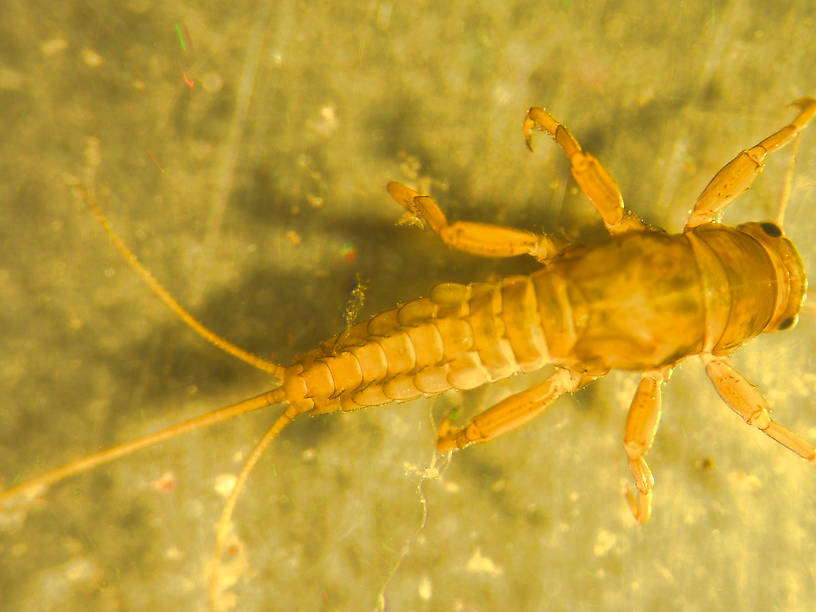
This species was previously know only from the nymph. I reared nymphs and we described the adults and eggs of this interesting species.

Water mites are common in lakes and ponds but because they are so small they do not get noticed.These specimens are from temporary wetlands in Glacier National Park.
Quick Reply
Related Discussions
Topic
Replies
Last Reply
3
Mar 30, 2012
by Entoman
by Entoman
3
Feb 12, 2009
by Creno
by Creno
4
Jul 23, 2010
by Jmd123
by Jmd123
Re: Lots of new pictures to check out, coming online tonight/tomorrow
In General Discussion by Troutnut
In General Discussion by Troutnut
1
Oct 4, 2006
by Dinerobyn
by Dinerobyn
Re: hook size (and chocolate duns, and old-timey mayfly family classifications)
In Eurylophella Mayfly Nymph by Warren
In Eurylophella Mayfly Nymph by Warren
10
Apr 13, 2007
by Quillgordon
by Quillgordon
References
- Merritt R.W., Cummins, K.W., and Berg, M.B. 2019. An Introduction to the Aquatic Insects of North America (Fifth Edition). Kendall/Hunt Publishing Company.


